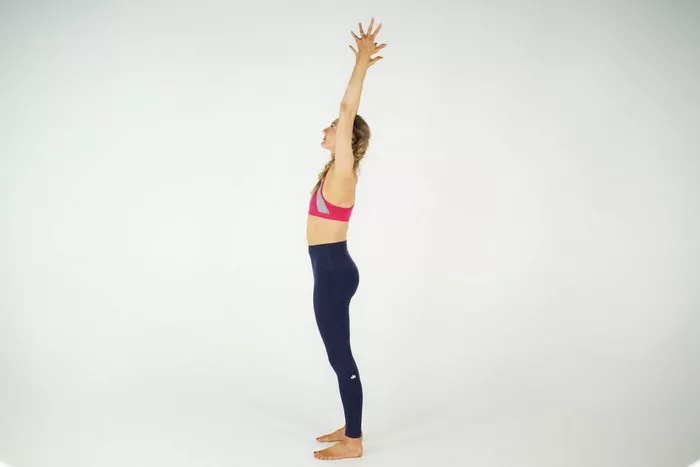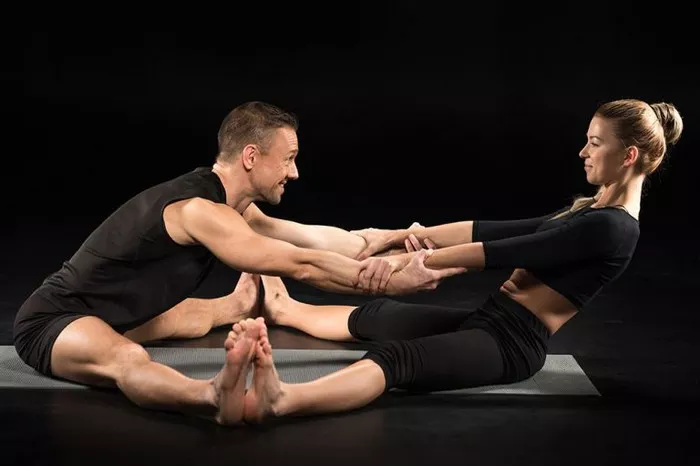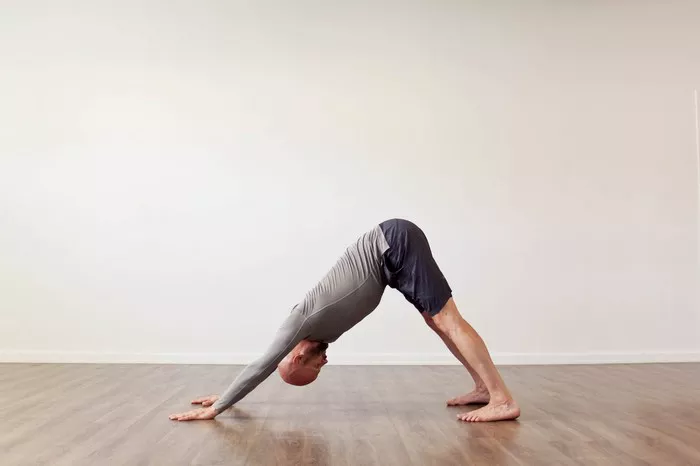Hatha yoga, a practice that has gained immense popularity worldwide in modern times. The exact origin of Hatha yoga is somewhat of a mystery, as it emerged from the rich tapestry of ancient Indian culture and philosophy, which was often passed down through oral traditions for generations before being committed to writing. The roots of Hatha yoga can be traced back to the Indus Valley Civilization, which flourished in the northwestern part of the Indian subcontinent from around 3300 BCE to 1300 BCE.
Influence of Vedic Culture
The Vedic period, which followed the Indus Valley Civilization, from around 1500 BCE to 500 BCE, had a profound impact on the development of Hatha yoga. The Vedas, a collection of ancient Sanskrit texts, are the oldest scriptures of Hinduism and contain a wealth of knowledge about philosophy, rituals, and spiritual practices. Although the Vedas do not explicitly mention Hatha yoga as we know it today, they do contain references to practices such as pranayama (breathing techniques) and meditation, which are integral parts of Hatha yoga.
During this time, the concept of “yoga” began to take shape. The word “yoga” is derived from the Sanskrit root “yuj,” which means to unite or yoke. The goal of yoga, as described in the Vedas, was to achieve union with the divine or the ultimate reality. This spiritual pursuit led to the development of various practices and disciplines, some of which formed the basis for Hatha yoga.
The Upanishads and the Concept of Self – Realization
The Upanishads, a series of philosophical texts that emerged around 800 BCE to 500 BCE, further elaborated on the concept of yoga and its spiritual significance. The Upanishads focused on the idea of self – realization, the understanding of one’s true nature as identical to the universal spirit or Brahman. Hatha yoga, in its essence, is a path towards self – realization, and the Upanishads provided the philosophical framework for this pursuit.
The Upanishads introduced concepts such as the atman (the individual soul) and Brahman (the universal spirit), and the idea that through self – knowledge and spiritual practices, one could transcend the limitations of the physical and mental worlds and experience the unity of all things. This spiritual quest influenced the development of Hatha yoga, which uses physical postures (asanas), breathing techniques (pranayama), and meditation to purify the body and mind, making them fit for the realization of the higher self.
The Buddhist and Jain Influence
Around the 6th century BCE, Buddhism and Jainism emerged in India as alternative spiritual paths. Both religions emphasized non – violence, compassion, and the pursuit of liberation from suffering. These teachings had an impact on the development of Hatha yoga, as they shared some common elements with the existing yogic traditions.
Buddhism, founded by Siddhartha Gautama, the Buddha, introduced the practice of mindfulness meditation, which involves being fully present in the moment and observing one’s thoughts, feelings, and bodily sensations without judgment. This form of meditation influenced the meditative aspects of Hatha yoga. The Jains, on the other hand, practiced strict asceticism and self – discipline, which also resonated with the yogic principles of self – control and purification.
The Bhagavad Gita and Yoga’s Evolution
The Bhagavad Gita, a sacred Hindu scripture dating back to around the 2nd century BCE to the 2nd century CE, is another important text in the history of Hatha yoga. The Bhagavad Gita presents a dialogue between the warrior Arjuna and his charioteer Krishna, who is an incarnation of the god Vishnu. In this dialogue, Krishna expounds on various paths to spiritual liberation, including the path of yoga.
The Bhagavad Gita describes three main types of yoga: karma yoga (the yoga of action), bhakti yoga (the yoga of devotion), and jnana yoga (the yoga of knowledge). Hatha yoga can be seen as a form of karma yoga, as it involves physical actions (asanas) and breathing techniques (pranayama) that are performed with a sense of discipline and dedication. The Gita’s teachings on self -less action and the surrender of the fruits of one’s actions to the divine also influenced the philosophical foundation of Hatha yoga.
The Classical Period of Yoga: Patanjali’s Yoga Sutras
The 2nd century CE is often considered a milestone in the history of yoga with the compilation of Patanjali’s Yoga Sutras. Patanjali is regarded as the father of classical yoga, and his Yoga Sutras provide a comprehensive and systematic framework for the practice of yoga. Although the Yoga Sutras do not specifically focus on Hatha yoga, they are highly influential in understanding the overall philosophy and practice of yoga, which in turn shaped the development of Hatha yoga.
Patanjali’s Yoga Sutras define yoga as the “cessation of the fluctuations of the mind.” To achieve this, he outlines an eight – fold path, which includes yama (ethical restraints), niyama (observances), asana (physical postures), pranayama (breathing techniques), pratyahara (withdrawal of the senses), dharana (concentration), dhyana (meditation), and samadhi (absorption). Hatha yoga, with its emphasis on asanas and pranayama, can be seen as a practical approach to prepare the body and mind for the higher stages of the eight – fold path.
The Development of Hatha Yoga as a Distinct Practice
It was not until the 11th century CE that the term “Hatha yoga” began to be used more prominently. The word “hatha” is composed of two Sanskrit words: “ha,” which represents the sun, and “tha,” which represents the moon. Hatha yoga, thus, symbolizes the union of the solar and lunar energies within the body, or the balance of opposing forces such as masculine and feminine, active and passive.
During this time, several texts were written that specifically focused on Hatha yoga. One of the most important of these texts is the Hatha Yoga Pradipika, written by Swatmarama in the 15th century CE. The Hatha Yoga Pradipika provides detailed descriptions of asanas, pranayama techniques, mudras (gestures), and bandhas (locks), making it a comprehensive guide to the practice of Hatha yoga. Another significant text is the Shiva Samhita, which also elaborates on the various aspects of Hatha yoga and its spiritual benefits.
Hatha Yoga’s Spread and Influence in Modern Times
In the 19th and 20th centuries, Hatha yoga began to spread beyond the borders of India. Indian yogis and scholars traveled to the West, introducing the practice of Hatha yoga to a global audience. Swami Vivekananda, who represented Hinduism at the Parliament of the World’s Religions in Chicago in 1893, played a crucial role in popularizing yoga in the West. His teachings and lectures on yoga, including Hatha yoga, created a great deal of interest among Westerners.
Since then, Hatha yoga has become one of the most popular forms of yoga worldwide. It has been adapted and modified to suit the needs and lifestyles of people in different cultures. Modern Hatha yoga classes often focus on the physical benefits of the practice, such as increased flexibility, strength, and balance, while still retaining some of its traditional spiritual and philosophical elements.
Conclusion
The origin of Hatha yoga is deeply rooted in the ancient history and culture of India. It has evolved over thousands of years, influenced by various religious, philosophical, and cultural traditions. From the early practices of the Indus Valley Civilization to the comprehensive teachings of Patanjali’s Yoga Sutras and the development of specific Hatha yoga texts, the practice has continuously adapted and grown. Today, Hatha yoga stands as a testament to the rich spiritual heritage of India and has become a global phenomenon, offering people a path to physical and mental well – being, as well as a means to explore the deeper aspects of their own consciousness.
Related Topics



















